
How Are Brands Meeting Eco-Regulations with New Materials?
September 18, 2025 • Mike Lee
Eco-regulations are complex, constantly changing, and different in every market. You are worried that choosing the wrong packaging material could get your product fined or even banned, putting your business at risk.
Brands are meeting these regulations by shifting to materials with high recycled content, like rPET, and adopting mono-material designs that ensure recyclability. This strategy directly addresses requirements for circularity and reduced plastic use, particularly in strict markets like the EU.
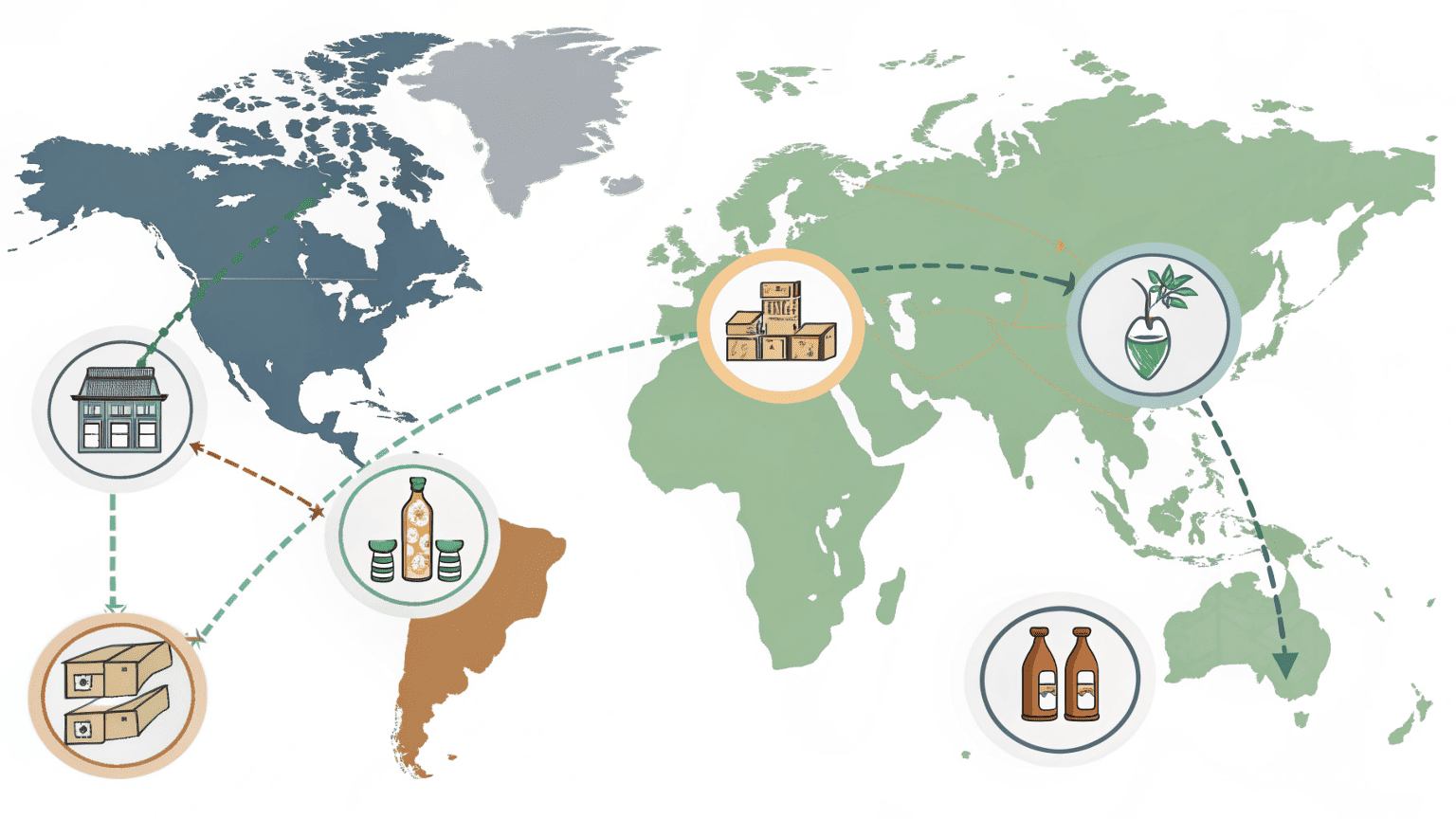
At Rland, this is a daily conversation. A client launching a product in Europe faces a completely different set of rules than one focusing on Southeast Asia. These regulations are no longer just suggestions; they are mandatory requirements for market access. Knowing the law is the first step. The real challenge is choosing a material that is compliant, cost-effective for your target customer, and still looks beautiful on the shelf. It is a balancing act that we help brands perform every day.
What Is Eco-Regulation?
You hear the term "eco-regulation" often, but it feels like a vague and intimidating concept. You are not sure which rules actually apply to your business or what the consequences are for getting it wrong.
Eco-regulation refers to government-enforced laws designed to reduce the environmental impact of products and packaging. These rules can dictate material use, recycled content percentages, labeling requirements, and end-of-life responsibilities for brands.
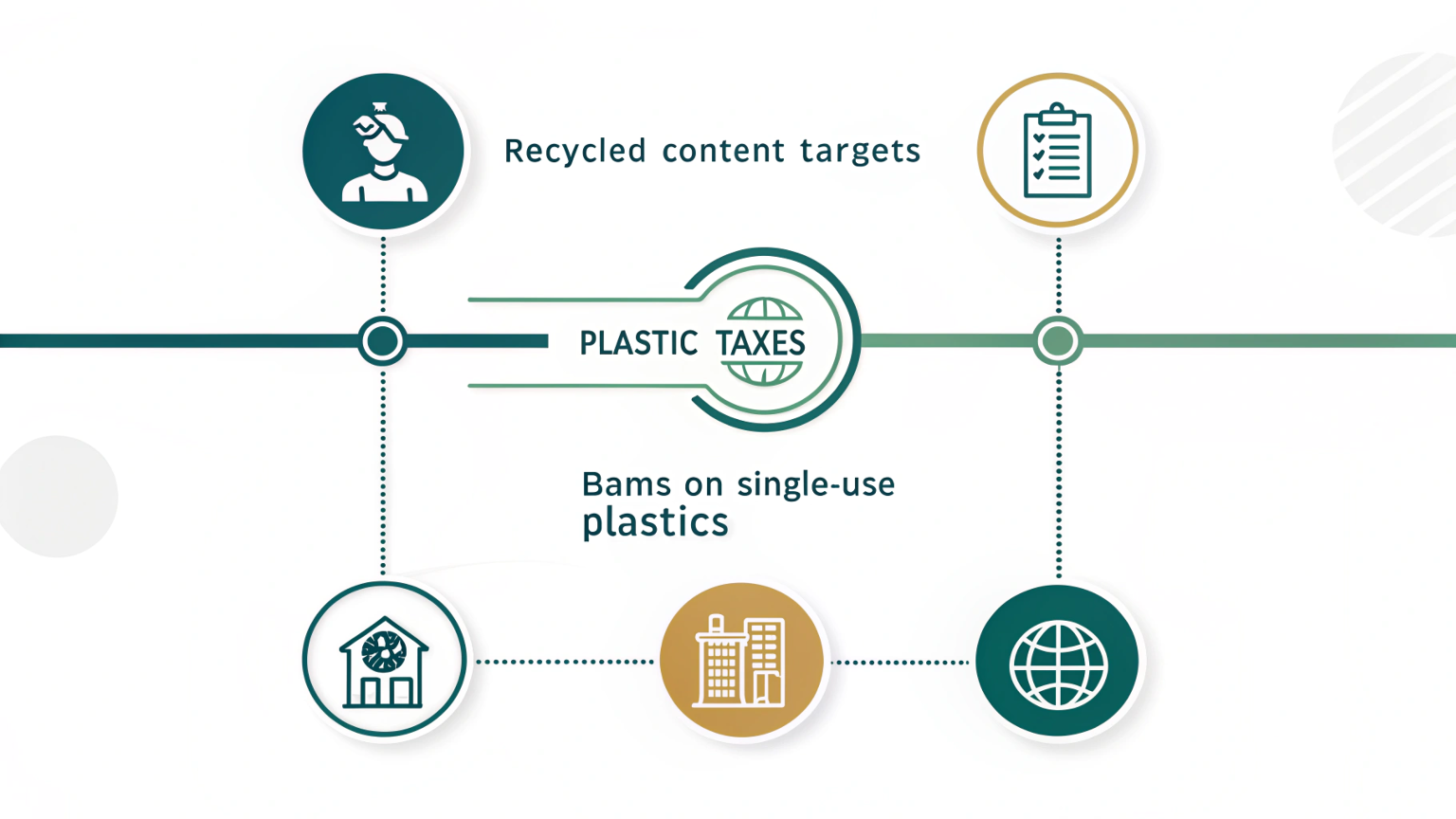
Think of eco-regulation as the government's official rulebook for sustainability. It's no longer a voluntary choice for brands; it's a legal obligation. The specific rules vary greatly by region, but they generally focus on making our economy more circular.
Key Areas Covered by Eco-Regulations
- Plastic Taxes: Many countries, especially in the EU, have implemented taxes on virgin (non-recycled) plastic packaging. This makes using recycled materials like rPET more financially attractive.
- Mandatory Recycled Content: Regulations are emerging that will require packaging to contain a minimum percentage of post-consumer recycled (PCR) material. For example, a future law might require all PET bottles to contain at least 30% rPET.
- Extended Producer Responsibility (EPR): This concept makes brands financially responsible for the collection and recycling of their packaging after it's used. This pushes companies to design packaging that is actually and easily recyclable.
- Bans on Certain Materials: Single-use plastics like PVC or polystyrene foam are being banned in many places because they are difficult to recycle and harmful to the environment.
Understanding these regulations is crucial. We guide our clients by first identifying their target markets and then reviewing the specific legal requirements for packaging in those regions.
How Are International Businesses Adopting Eco-Friendly Practices to Meet These Demands?
You see competitors launching "eco-friendly" lines, and you know you need to adapt. But you're not sure which practices are most effective for meeting both regulations and rising consumer expectations.
Businesses are adopting a tiered strategy. They prioritize materials like rPET for strict markets like Europe, while using cost-effective yet recyclable options like virgin PET for price-sensitive regions. This balances compliance, cost, and consumer perception.
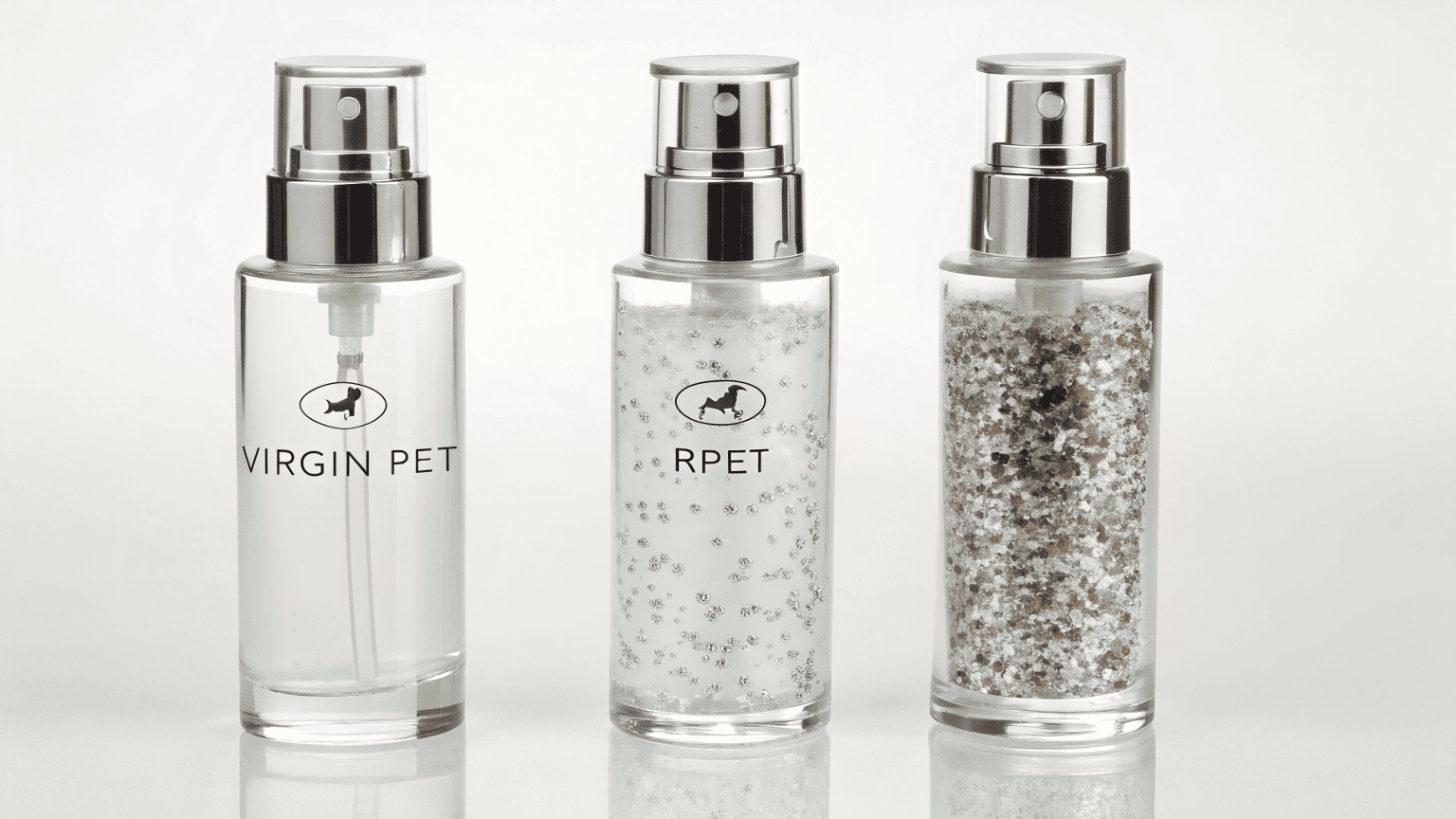
The smartest strategy is not "one size fits all." It's about adapting your packaging choices to your specific circumstances. I work with brands to create a flexible plan based on two key factors: regulations and market expectations.
A Tale of Two Markets
A premium-priced cosmetic brand launching in Germany and a mass-market brand launching in India have very different challenges.
-
The German Market (Developed Economy): Consumers here have a high awareness of sustainability and are often willing to pay more for it. More importantly, EU regulations are the strictest in the world. For this brand, using a bottle made of 100% rPET is the best choice. It meets the legal requirements, avoids potential plastic taxes, and strongly appeals to the eco-conscious German consumer. The higher material cost is justified.
-
The Indian Market (Developing Economy): Here, the consumer is typically more price-sensitive. While a desire for sustainability exists, cost-effectiveness is a primary decision factor. Strict regulations on recycled content may not be in place yet. For this brand, using high-quality virgin PET is a great strategy. It is fully recyclable, offers a premium look at a lower cost, and lays the groundwork for a future transition to rPET as the market and regulations evolve.
At Rland, our ability to produce both high-quality virgin PET and rPET packaging allows us to serve both types of clients effectively.
How Do Brands Communicate Sustainability?
You've invested in sustainable packaging, but you're not sure how to get credit for it. You worry your message will get lost, or worse, be seen as inauthentic "greenwashing."
Brands communicate sustainability best through honesty and clarity. This means using minimalist design, choosing materials that look naturally eco-friendly, and placing simple, factual text on the package, like "This bottle is made from 100% recycled plastic."
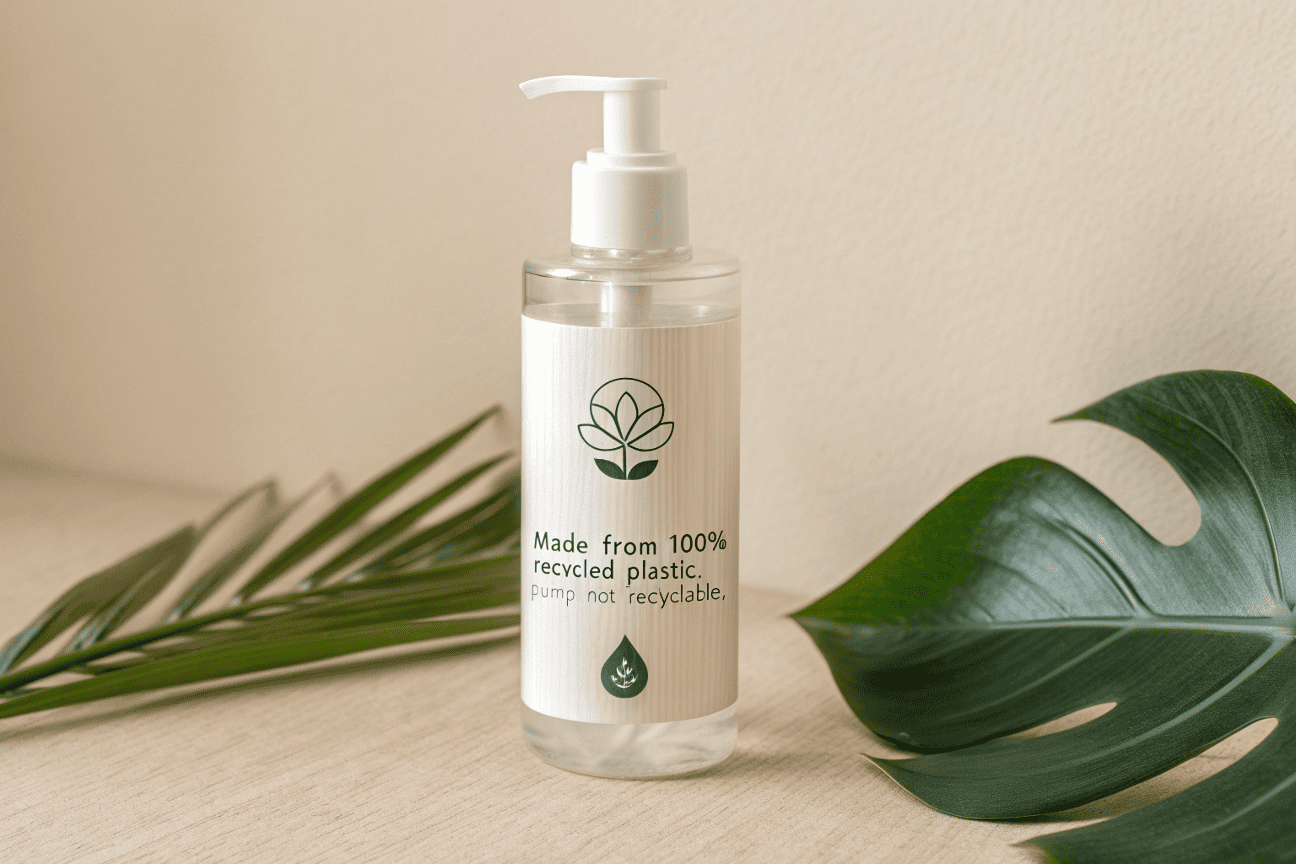
Your packaging is your primary communication tool. It has to tell your sustainability story for you. The key is to be direct and authentic, not loud and boastful.
The Three Layers of Sustainable Communication
-
Visual Language: Your design should whisper "sustainability." This often means minimalism. Use less ink, choose earthy color palettes, and avoid unnecessary gloss finishes or extra components. The design itself should imply a reduction in waste. A simple kraft paper box often communicates more about your eco-commitment than a hundred words.
-
Material Choice: The material is a message. Using a material like our rPET, which sometimes has tiny, characteristic specks, can be a feature, not a flaw. It visually proves that the material has a history and has been recycled. It adds a layer of authenticity that perfectly clear virgin plastic cannot.
-
On-Pack Text: This is where you provide the proof. Don't use vague terms like "eco-friendly." Be specific and factual. We advise clients to use clear, simple statements that anyone can understand.
| Vague Statement | Clear & Honest Statement |
|---|---|
| "Green Packaging" | "This box is made from FSC-certified, 100% recycled paper." |
| "Earth-Friendly" | "This bottle is made from 50% post-consumer recycled plastic." |
| "Please Recycle" | "Rinse bottle and recycle. Pump is not yet recyclable." |
This honesty builds trust. It shows you've thought deeply about the problem and are being transparent about your journey, which is far more powerful than claiming to be perfect.
Conclusion
Meeting eco-regulations requires a smart, adaptable strategy. By understanding the rules, choosing the right materials for your specific market, and communicating your efforts honestly, you can turn compliance into a powerful brand advantage.
Written by
Mike Lee
You may also be interested in:
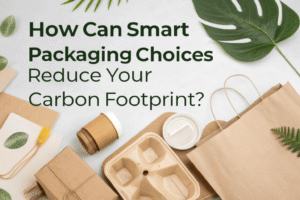
How Can Smart Packaging Choices Reduce Your Carbon Footprint?
You're committed to making your brand more environmentally friendly, but the term "carbon footprint" feels
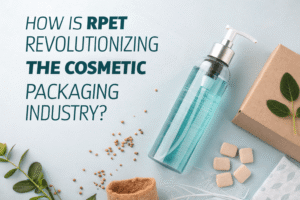
How Is rPET Revolutionizing the Cosmetic Packaging Industry?
You want to make your packaging more sustainable, but you're worried about sacrificing quality. You
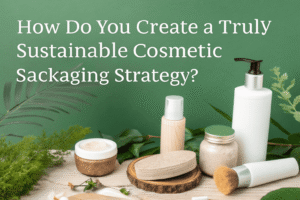
How Do You Create a Truly Sustainable Cosmetic Packaging Strategy?
You feel the pressure to make your packaging sustainable, but every choice seems complex. Switching

Is PLA the Future of Sustainable Beauty Packaging?
You're seeing "plant-based plastic" and "compostable" everywhere. You're intrigued by PLA as a way to